Many of us have digital BP apparatus at home and its use is simple, therefore measuring BP is a simple task these days.
But most of the people do not know what is the correct method of using it. And due to this lack of knowledge, the blood pressure measurement you are doing can give false reading, it can give wrong reading as high or low.
- Today we will know that
- How should we use the BP apparatus
- What information should we know, before using this apparatus?
- And we will also understand BP in brief.
What is Blood Pressure?
B.P means the pressure exerted by blood, which is applied on the walls of the vessels that carry the blood. In simple words, these vessels carry blood from the heart to the rest of our body (except the head).
Because it has to distribute blood in the whole body, that is why there is a need to reduce high pressure, these are arteries and these arteries pulsatile.
Many times you must have felt that you feel pulsation in some part of the body, that is, thumping.
In this way, pulsation is in waveform, all the places where you feel pulsation, be it neck, hand area or anywhere near the legs, pulsation happens due to all these arteries and we see pressure in it, that is why we always feel pressure in the hands, legs too.
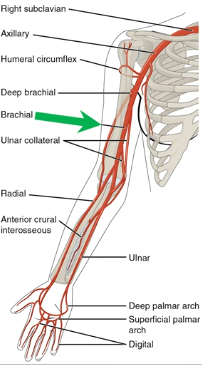
But this happens in hospital settings, whatever we are checking blood pressure at home, we see it in the hands because there is a brachial artery going through our hand, whose pressure we are checking.
What is Systolic & Diastolic BP?
Next, you must have seen that there are 2 readings in blood pressure measurement.
- Higher
- Lower
The upper reading in this is called systolic blood pressure and the lower number is called diastolic blood pressure.
This is very simple, in systolic the maximum pressure applies and diastolic is the kind of minimum pressure that is applied.
How to use digital BP Apparatus Correctly?
Before measuring BP, you must rest for at least 5 minutes.
If you are coming by walking, climbing stairs or you are doing any work in your house and you are going to measure BP, then you must rest for 5 minutes first and then measure BP.
Because if you measure BP directly after any work, you may find your BP increased. For measuring blood pressure you can use any setting or lying down position.
Position for BP Measurement?
If you measure blood pressure while sitting, then after sitting both your feet should be on the ground, your arm with which you are measuring blood pressure should be well rested on a table or anything at the level of your heart.
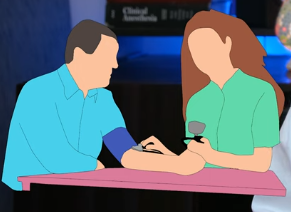
The hand should neither be lowered nor kept above the heart level, nor should you measure BP by throwing your hand in the air, it should always be at the level of the heart, in a well rested position on the table.
If you do not do this, whatever BP you measure will be a false reading.
If you measure blood pressure while lying down you lie down in a straight, linear position and keep your hand resting straight on the bed, next to the heart.
The point is, the hand should get support and its level should be at the level of our heart, otherwise changes in BP can also occur due to the effect of gravity.
You can measure blood pressure in either your right or left hand, if you get different readings in both your arms, you will prefer the arm which has higher reading.
What are the Cuff Sizes?
It is very important that the size of the cuff you use for measuring BP is correct.
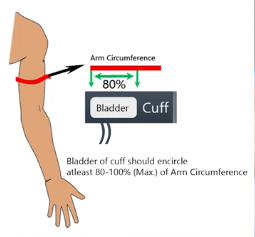
Because if you are overweight and obese and you have used a small size cuff, it will show a false high blood pressure.
And if you are a smart patient and you have used a large size cuff, it will show a false low reading of blood pressure.
so, what is the adequate size of the cuff?
The standard size of cuff available in the general market is 12.5cm with a length of approximately 3cm, which is appropriate for more than 60% of people.
But if you are obese or overweight, you must ensure that the length of the cuff covers at least 80 to 100 percent of your arm, only then will it be able to measure blood pressure correctly.
How to Correctly Place Cuff?
Now how to wear the cuff?
When you encircle the cuff in the arms, the center of the cuff, the parts from which the cubing are going, you have to keep it exactly on the center of your arm,
the area which we fold, we have to place the cubing of the cuff here, after this we have to encircle it all around the arms, neither too loose nor too tight.
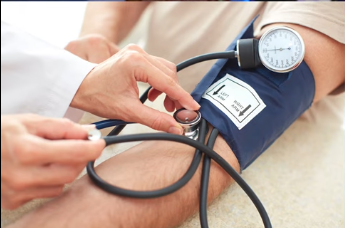
If you are wearing clothes, if it is a thin cloth, then you can measure BP by wearing a cuff. But if your clothes are thick and tight, please remove them, otherwise the BP reading will be false.
Never measure blood pressure while standing, do not measure blood pressure after doing any exercise or walking, do not measure blood pressure after climbing stairs, it is necessary to take rest for 5 minutes.
BP Normal Ranges
Now let us understand the range of normal blood pressure a little.
Normal blood pressure is up to 128 mm of Hg, it is a millimeter of mercury.
What if it’s High BP?
If your BP is systolic blood pressure which is the higher number, if it remains between 120 to 140. And if your diastolic blood pressure, which is the lower number, is between 80 to 90, then you are in the range of pre-hypotony.
It means, you are going to have a blood pressure disease in the near future and if you are in this range then you should start lifestyle modification from now on, start eating less salt, add exercise to your regular routine.
What if it’s Low BP?
And if your blood pressure is already above 140/90, you should consult your doctor and start taking blood pressure medicines.
As far as low blood pressure is concerned (systolic blood pressure means, higher side of blood pressure), but if the blood pressure is below 90, we call it low blood pressure, but low blood pressure is generally found in very severe conditions or sick patients.
Low blood pressure is not very common among all of us in our regular routine or at home, it is found only in sick patients or admitted patients.
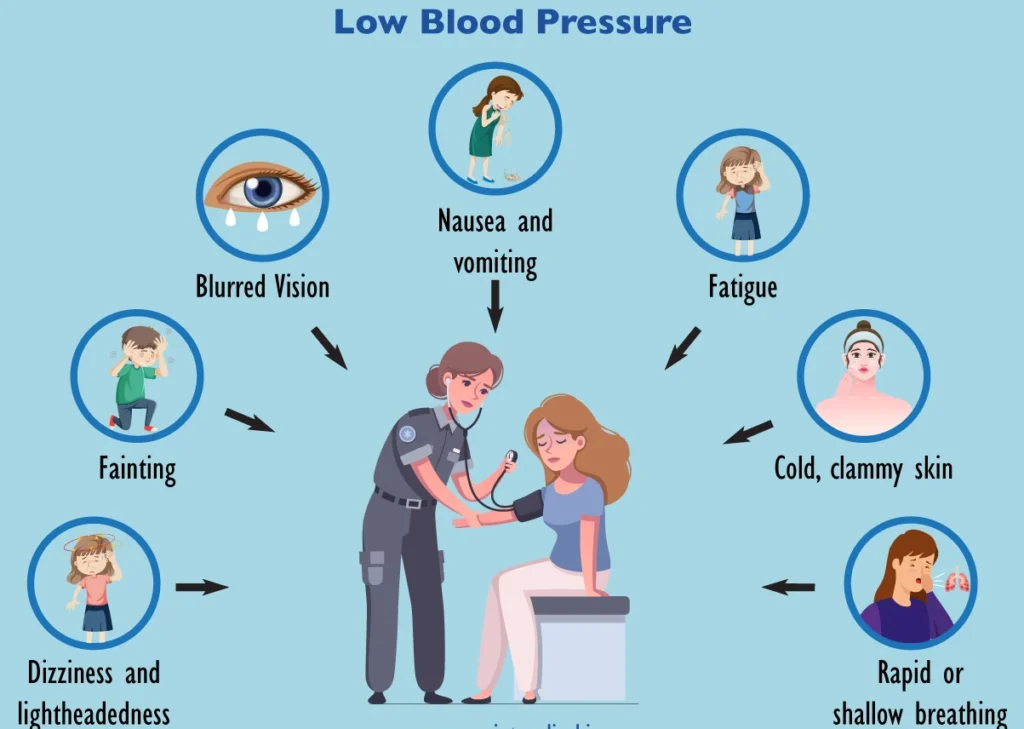
Still, if you see black spots before your eyes after standing up or feel dizzy, then there is a possibility that you have low blood pressure and this is what we call orthostatic hypotension.
If as soon as you stand up or sit in the sacroiliac position, by turning over or turning your feet in any way and you suddenly stand up, you feel as if you are feeling dizzy,
then this is an indicator of low blood pressure but there is nothing to worry much about it. This is orthostatic hypotension.
You can keep yourself well hydrated, adding a little salt to your food is helpful.